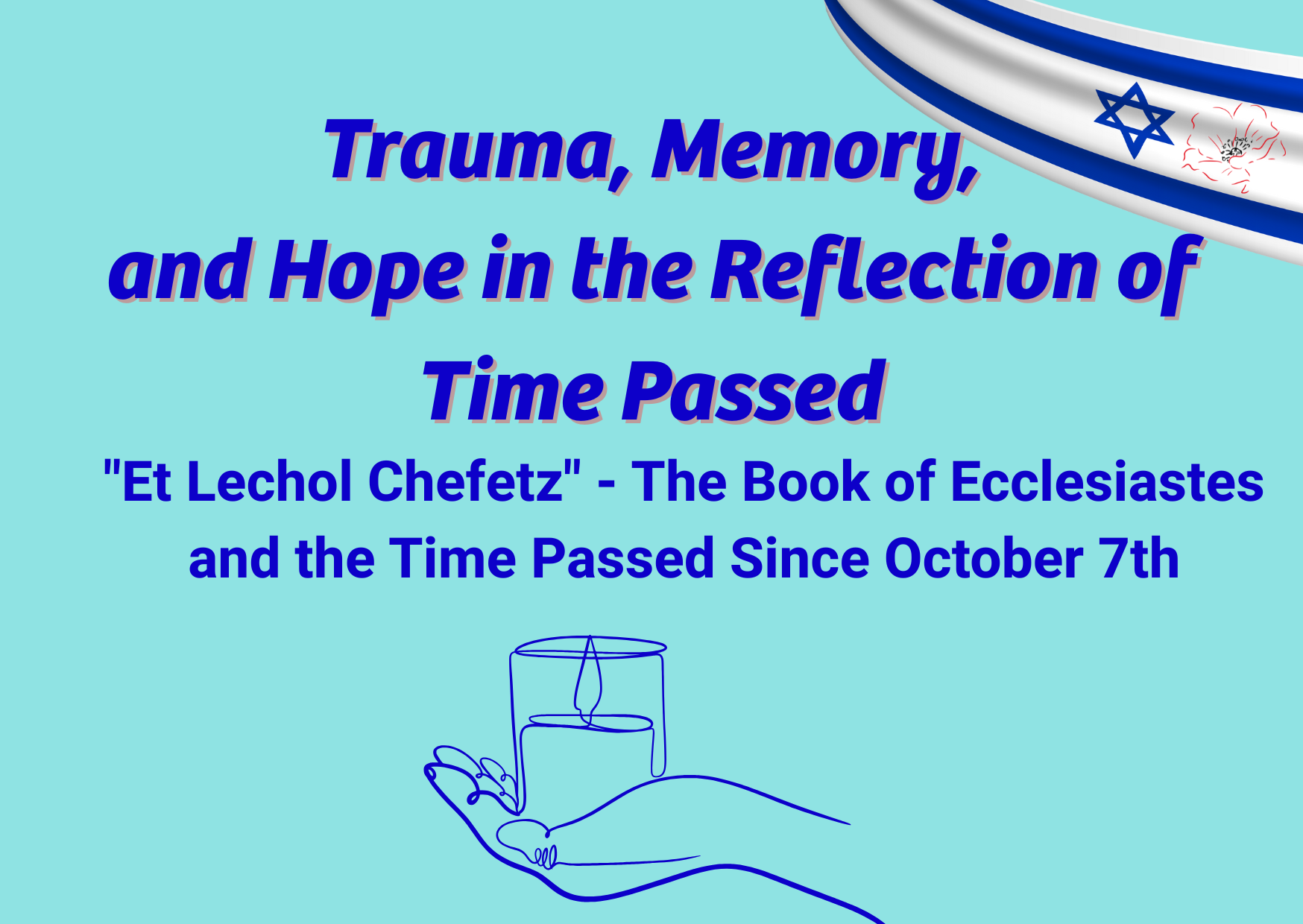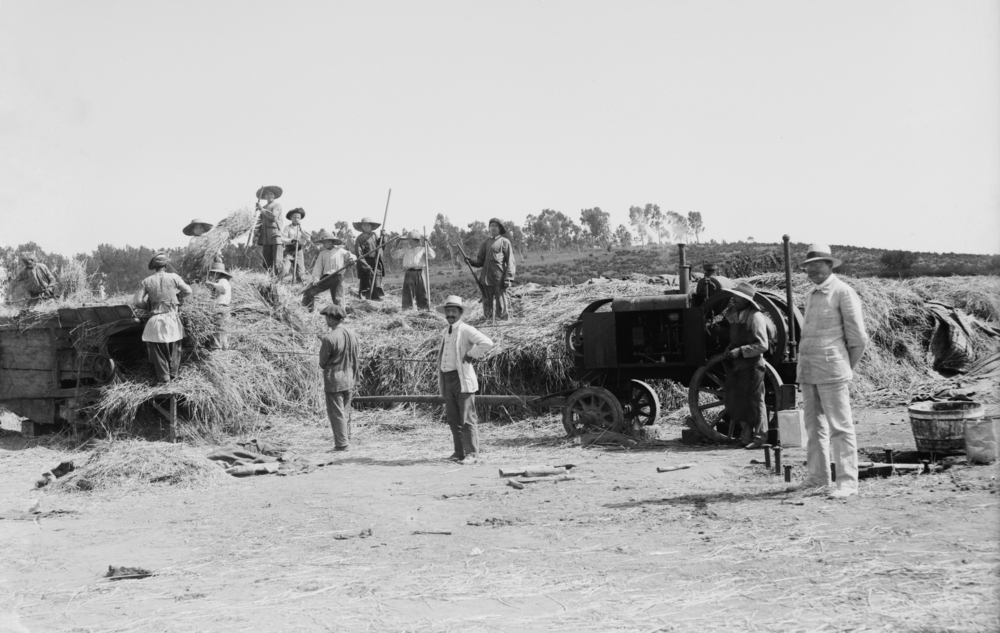Abstract
Note: This lesson is designed to be learned following the “anchor” lesson of the Pioneering unit, A Pioneer Is Born.
Should immigrants who were sent to development towns in the periphery by the Israeli government be considered pioneers? On the one hand, they did not aspire to live there, but on the other hand, they put down roots and worked hard to develop them. In this lesson, learners will explore the experiences of the Jews of the Great Aliyah of the 1950’s. The resource features video clips that portray these immigrants from different perspectives, as well as thought provoking discussion questions.. Based on the pioneering ethos that emerged, students will examine the activities of the immigrants who arrived in Israel in the 1950s and discuss whether they should also be considered pioneers.
The learners will:
-
understand the unique challenges that new immigrants to Israel faced in the 1950s
-
know about the history of Israeli development towns and the people who were brought there
be able to place the settlers of the development towns in the context of the Israeli pioneering ideal that was established in the first part of the 1900s.
Note: All of the links in the lesson plan below can be viewed as a whole class activity or individually, on the learning platform.
Before beginning this lesson, it’s recommended to tell the students about the “Great Aliyah” that took place after the establishment of the Israeli state; an Aliyah that tripled the size of the Jewish population and resulted in many demographic changes.
-
Show the students an interactive diagram that illustrates the effects the first three years of the “Great Aliyah” had.
-
Ask the students to explain the data presented in the diagram and to consider what the major effects of the “Great Aliyah” were.
Step 1: Show the students a segment from director Michal Aviad’s film “Dimona Twist.” The film focuses on the story of seven women that immigrated to Israel in the 1950s and 1960s and were sent to the newly established town of Dimona.
-
Ask the students to enter Google Earth and search for Dimona, and to explore this small desert town.
-
Instruct the students to answer the questions on the learning platform.
Step 2: View the Histadrut’s (the General Organization of Workers in Israel) short video “Dimona 1962.”
-
Ask the students if they think the movie is a feature-length drama, a documentary, a propaganda film, or an amateur production, and to explain their choice.
-
Inform the students that the movie features staged scenes and narration by Arik Lavie, a well-known Israeli actor and singer who was not a native of Dimona but nevertheless depicts the city during those years. Mention how the movie was made for PR and propaganda purposes in order to promote Dimona and the seeming amount of effort the Israeli government put into making it.
-
Hold a class discussion on the following question:
What are the differences between the way life in Dimona is depicted in the segment from the film “Dimona Twist” compared to the way it’s depicted in “Dimona 1962”?
As part of the response, it’s possible to refer to the time period in which each film was made as well as the various points of view, the personal vs. the national, that each portrays.
Step 3: Reflections
-
Ask the students the following questions:
-
How are the settlers in Dimona portrayed in each of the films; as active and entrepreneurial or as passive and dependent on the state?
-
Which portrayal do you think is more accurate? Why?
Computer, projector, personal computers for each student (optional)




